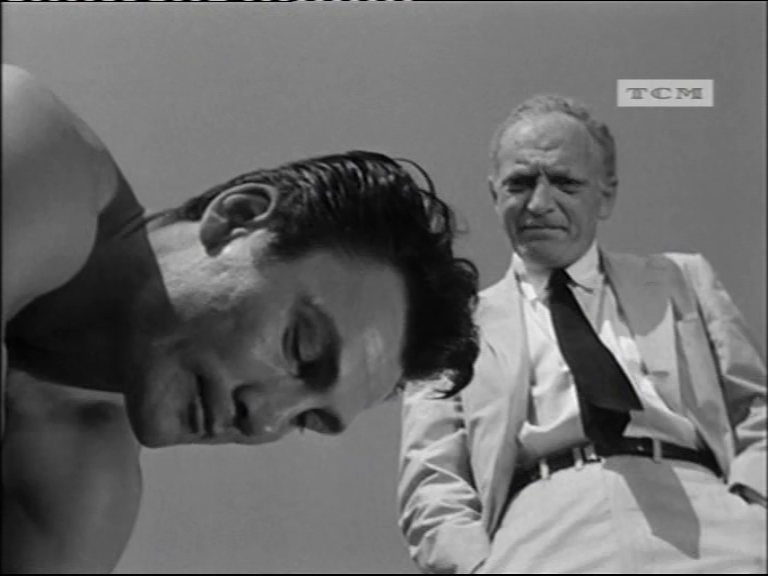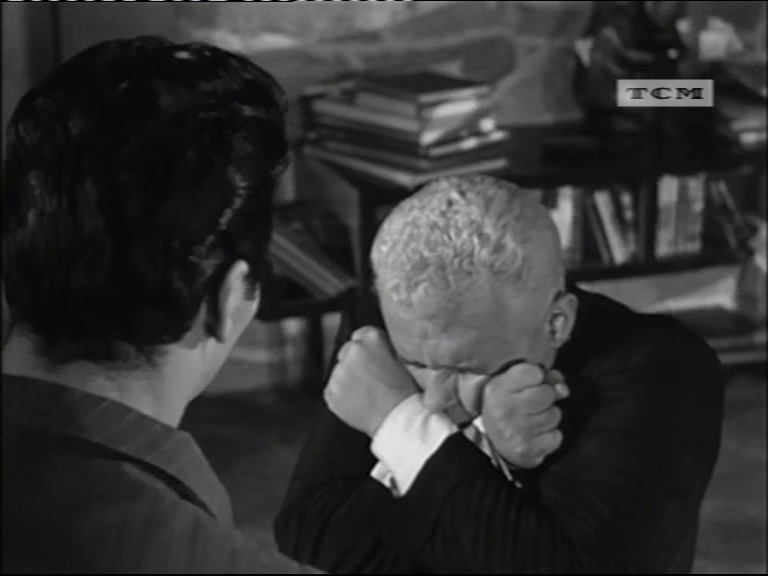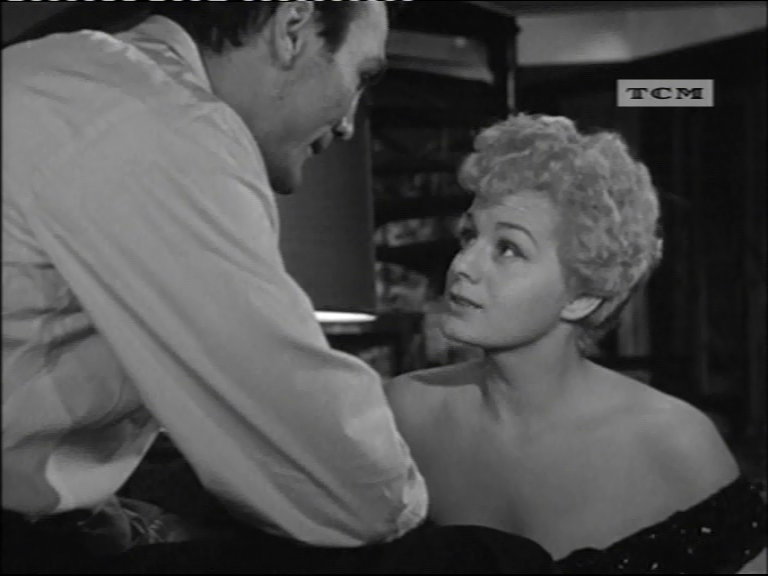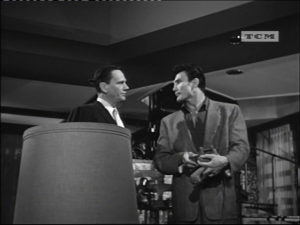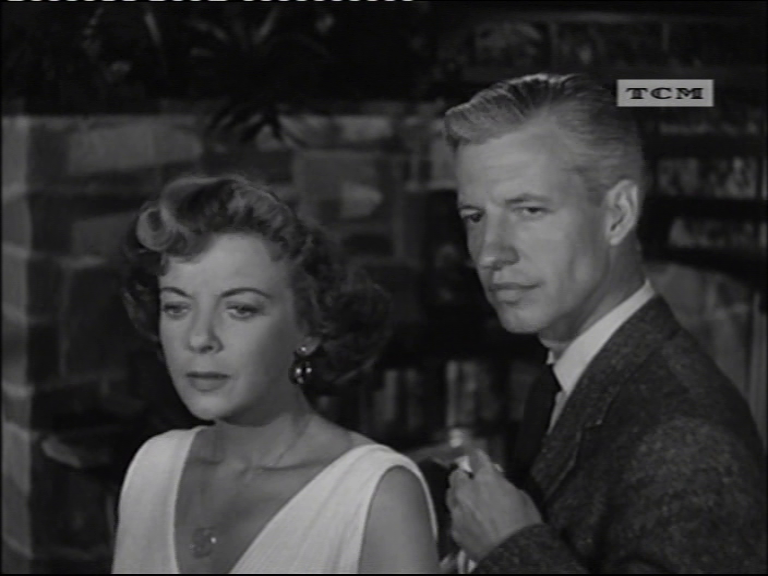
An amusing irony: Howard Hawks said he learned what NOT to do by looking at DeMille’s films, then when he made his own ancient world epic, LAND OF THE PHARAOHS, he ran into the famous “I don’t know how a pharaoh talks” problem, which DeMille had, you could say, solved: in DeMille films, pharaohs talk like characters in Cecil B. DeMille films.

Never more so that in the 1956 TEN COMMANDMENTS where Yul Brunner is at his Yul Brynneriest throughout. (Yet Cedric Hardwicke comes within shouting distance of humanity at times.) But the one, true biscuit is taken by Chuckles Heston, who starts out in his version of naturalism — declamatory, gravelly, planting his feet wide apart, flexing, heaving the words up from his solar plexus — but becomes something wholly other once Moses gets religion…
In prophet mode, Heston produces a form of “acting” I’m not sure we’ve really seen before. Maybe it’s what D.W. Griffith would have sounded like if his 1908 semaphore could be translated into spoken form. It has something in common with the ghosts in Japanese movies — think RASHOMON. It has nothing in common with human speech.
The best example is when Rameses finally frees the Israelites: we have to blame the script for some of it, though DeMille in his intro claims that history is really to blame. Moses starts speechifying — then walks out of the scene, still declaiming. You can hear his voice diminishing in the distance for close to a minute. Who does that? Rod Steiger does it in THE BIG KNIFE, playing a lunatic film producer of the L.B. Mayer variety. Charles Haid does it in ALTERED STATES, to hilarious effect. In the first case, a character point is being made, in the second, Ken Russell was forced to include a lot of talk he didn’t particularly care for, so he tried to dispose of it in novel ways. No such excuse exists here. Moses is just being written as a nutjob, unintentionally.
If you’re inclined to laugh at infant mortality, this film has much to offer, but this scene is the finest example, because the army of scribes has taken care to insert between Heston’s wooden lips pointed references to the liberation of the CHILDREN of Israel (DeMille has made the whole story an anti-commie tract), timed to coincide/clash with Anne Baxter descending a grand staircase with her divinely slain son in her arms. Which tends to make Moses seem every bit as crass as Heston giving one of his NRA speeches in the wake of a school shooting.
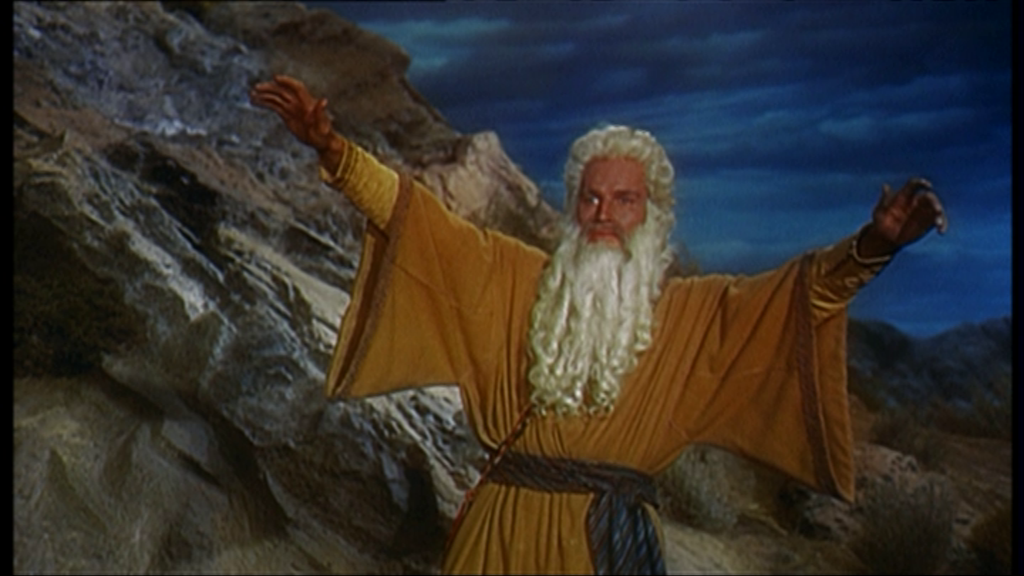
This moment, jaw-dropping though it is, is just a preliminary to Moses’ Big Hair acting in the film’s third act. Chuckles has looked in the mirror and asked himself, what would a guy who looks like THIS talk like? Big mistake. I can’t describe what he does. It involves BOOMING. The oratorical style might be defensible when Moses is speaking to the masses, as he so often is in this section. But he keeps it up for casual conversation. Booming banter. Supremely confident terrible acting.
For a few minutes, I thought I was going to find the film’s weird non-naturalism fascinating, the stiffness of its blocking and delivery hypnotic and kind of impressive. But it’s not quite rigid ENOUGH. The tableau style of GREATEST STORY EVER TOLD is more my bag — genuinely experimental.
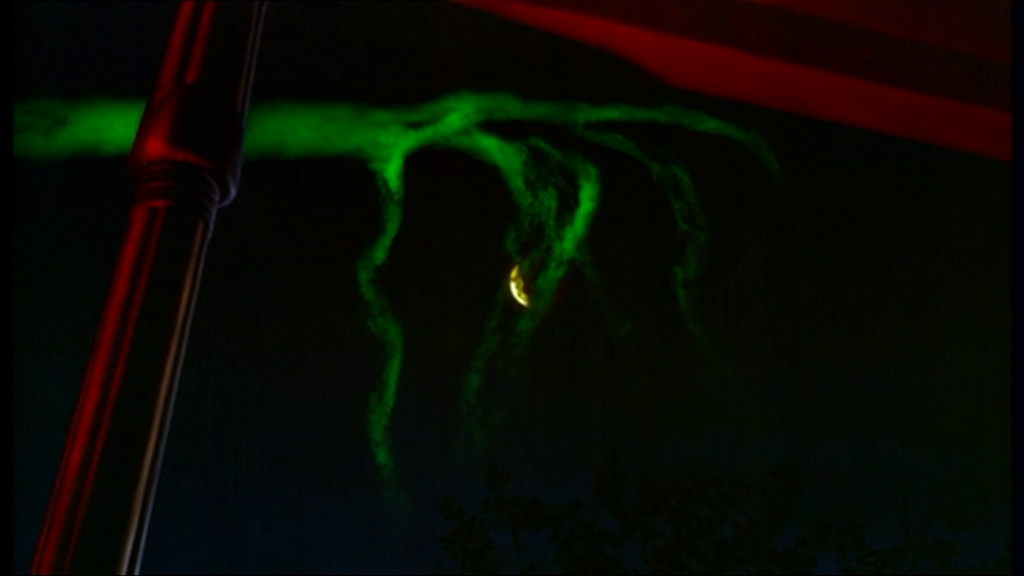
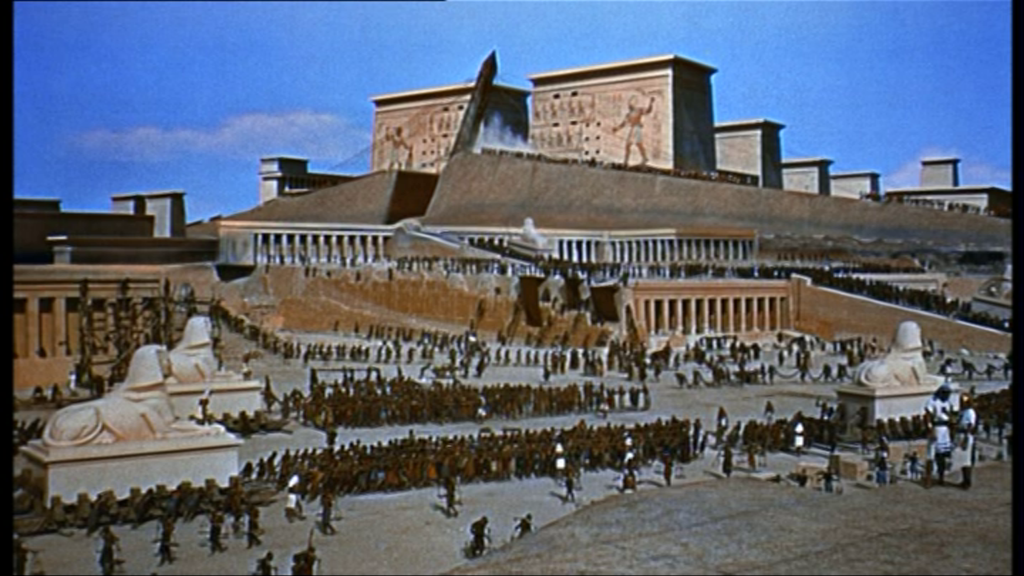


When Scorsese talks about the power of DeMille’s images, he seems to mainly be talking about the effects shots, and I think maybe we should credit the storyboard artists and John P. Fulton and his team, though I guess DeMille is responsible for approving everything. But I think it’s fair to say that none of the film’s undeniably impressive images have any good acting in them. (Only Edward G. Robinson is good in this, though I wish he’d played it at a Warner pre-code pace. As the only Jewish actor, naturally he plays the Bad Jew. Oh, and Yvonne DeCarlo, gamely battling her dialogue like Jason struggling with the hydra: whenever one terrible line is defeated, two more rise to take its place.)
I can understand Scorsese’s residual affection for a film he was impressed by as a kid. But I don’t think it’s objectively better than the Marvel and DC films he rightly dismisses.
Touchingly, Moses waves goodbye to us/his people at the end of the film, which was DeMille’s last as director. He clearly wanted to get the most out of it, which is why he narrates huge swathes, patiently describing what we can already see, sometimes sneakily suggesting debauchery and wickedness he’s not allowed to show us, much though he would love to.
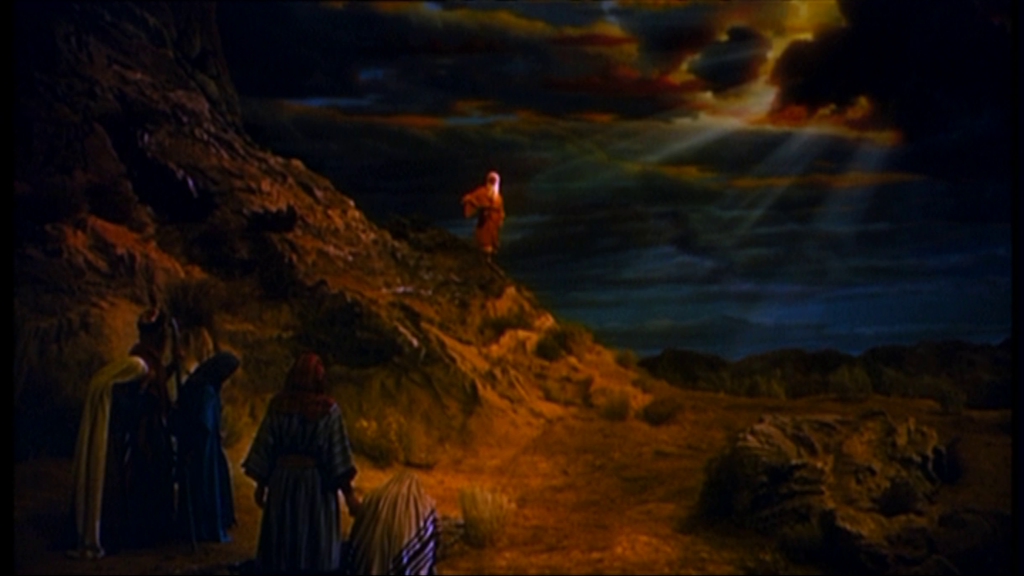

THE TEN COMMANDMENTS stars Major Dundee; King Mongkut of Siam; Lucy Morgan; Caesar Enrico ‘Rico’ Bandello; Lily Munster; Shila – Cleopatra’s Daughter; Hajji Baba; Arthur Winslow; Julia Ross; Ellie Hilliard; Mrs. Danvers; Prince Prospero; Hatfield; Athos; The Black-Bearded One; Actor on DeMille’s ‘Samson & Delilah’ Set; Jesus – the Christ; John Miljan – Actor in Bedroom Scene; 1st Sgt. Braxton Rutledge; Scar / Cicatriz; Hatfield; Donald Pecos – aka The Pecos Kid; Dr. Franz Edlemann; Samson Posey; Louis Louis of the Hotel Louis; Judas; Norman Frink; Alvin Straight; Mary Todd Lincoln; Chubby Bannister; Lucifer Jr; Alfalfa; Napoleon Solo; and Herb Alpert as himself.
